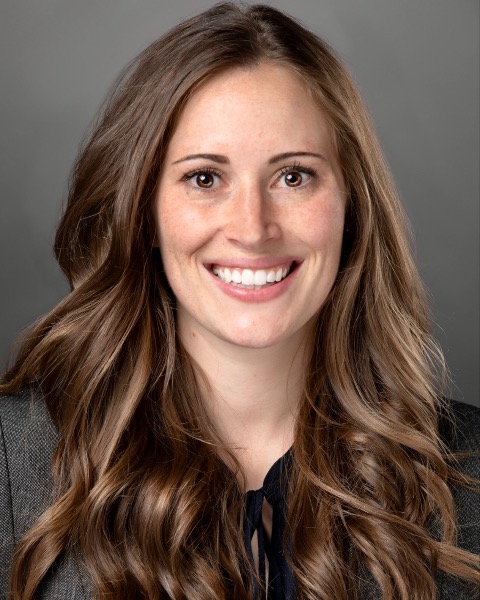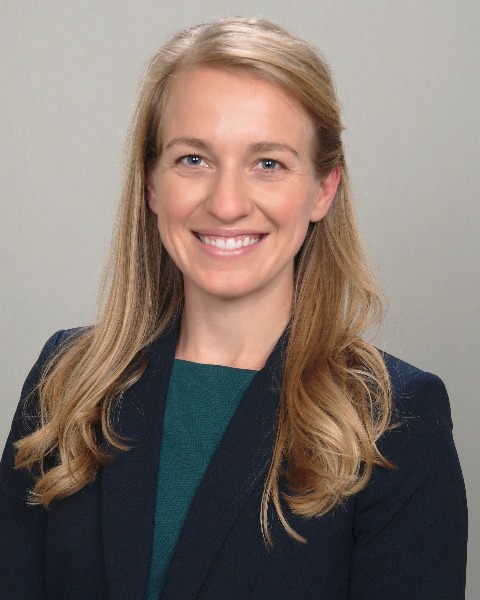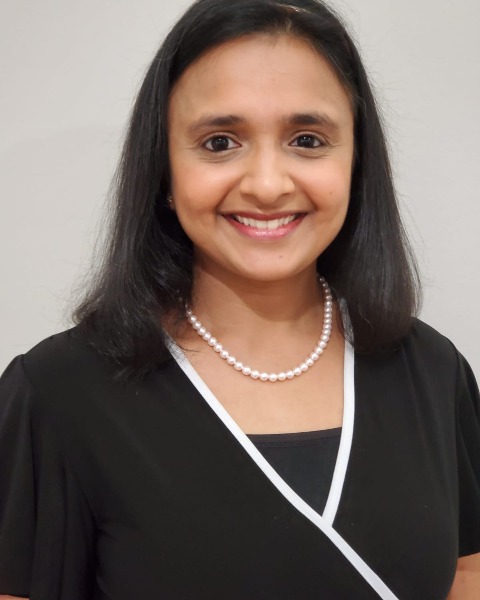Oral Concurrent Session 7 - Diabetes
Oral Concurrent Sessions
(85) Childhood Sexual and Emotional Maltreatment are Associated with Increased Gestational Weight Gain

NATALIE E. POLIEKTOV, DO, MS (she/her/hers)
Fellow
Emory University School of Medicine
Atlanta, Georgia, United States- MR
Mariana Rocha, BS
PhD Candidate
Emory University School of Medicine
Atlanta, Georgia, United States - KS
Kaitlyn Stanhope, MPH, PhD
Assistant Professor
Rollins School of Public Health
Atlanta, Georgia, United States 
Lauren Holt, MD
Resident
Emory University School of Medicine
Atlanta, Georgia, United States- AS
Alicia Smith, PhD
Professor
Emory University School of Medicine
Atlanta, Georgia, United States - VM
Vasiliki Michopoulos, MSc, PhD
Associate Professor
Emory University School of Medicine
Atlanta, Georgia, United States 
Suchitra Chandrasekaran, MD, MSCE, N/A
Associate Professor
Emory University
Atlanta, Georgia, United States
Submitting Author and Presenting Author(s)
Coauthor(s)
Gestational weight gain (GWG) is associated with adverse metabolic outcomes (AMO) for a mother & infant. Prior research suggests an association between maternal childhood trauma (CT) and increased GWG; however, little is known about how different domains of CT (e.g., sexual abuse (SA), emotional abuse (EA) & physical abuse (PA)) influence GWG. We aimed to study the association between CT & its domains with GWG.
Study Design:
This is a prospective longitudinal cohort study investigating associations between trauma exposure & pregnancy outcomes at an urban safety net hospital. CT was assessed using the Childhood Trauma Questionnaire (CTQ), a validated measure of 5 trauma domains, as a continuous score & dichotomized as CT (CTQ score >/= 35) or no CT (CTQ score < 35). Adult trauma was assessed using the Traumatic Experiences Inventory. Weight & body mass index (BMI) were recorded during each trimester. Excessive GWG (EGWG) was defined as GWG exceeding BMI-based recommendations from ACOG. Multivariable linear regression and logistic regression were performed controlling for maternal age, pre-pregnancy BMI, & gestational age at delivery.
Results:
N=335 subjects were enrolled in the study. CTQ total, SA, & EA scores were positively correlated with increased GWG (b = 0.24, 95% CI 0.02-0.46, p=0.033; b = 0.07, 95% CI 0.01-0.1, p=0.034; b = 0.06, 95% CI 0.00-0.12, p=0.049, respectively) (Figure 1). Mean GWG was 9 pounds (lb) higher in those with SA vs. no SA (30.5 lb vs. 21.5 lb) whereas mean GWG was 4 lb higher in those with EA vs. no EA (27.5 lb vs. 23.4 lb). Further, there was 1.5-fold higher odds of having EGWG with CT vs. no CT (OR 1.47, 95% CI 0.94 – 2.33, p=0.092). Childhood PA & adult trauma were not associated with GWG.
Conclusion:
Using detailed trauma exposure measures, our data indicate that childhood SA & EA, but not PA or adult trauma, are associated with increased GWG during pregnancy. Further research is needed to understand the complex interactions between specific domains of trauma exposure & AMO in order to improve maternal & infant health.

